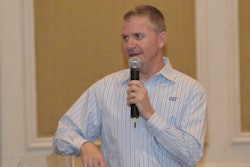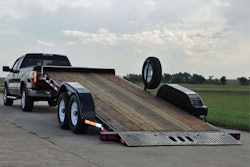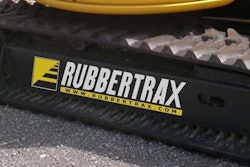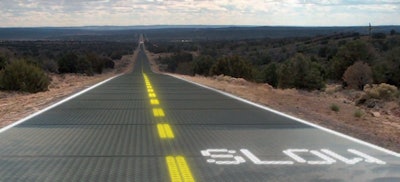
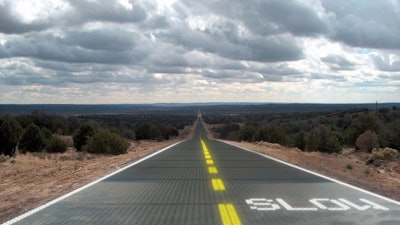
Solar Roadways, is working on replacing concrete or asphalt roads with glass panels and solar cells. The company received a contract from the Federal Highway Administration in 2009 to build a prototype and it’s currently lined up for testing this Spring. The method sandwiches solar panels between thick glass and the ground. The idea is to turn the 28,000 square miles of roadways exposed to the sun in the U.S. in to electrical generators, harnessing sunlight and producing electricity.
Solar Roadways says the method would provide more than four times the current electricity needs in the U.S.
But what about when it snows? The roadways would have a built-in heating element that would melt snow away. At least, that’s the plan.
[youtube Ep4L18zOEYI nolink]
What the team is still working on perfecting is a way to build glass roadways that don’t crack under the weight of an 18-wheeler and provide enough traction. And once they do find glass that durable enough, it’ll need to be clear enough to allow enough sun to pass through to the panels.
Another cool feature Solar Roadways would like to add is LED lights that can be used to spell warning messages and more on the roadways.
Another company, Wireless Advanced Vehicle Electrification (Wave), wants to power electric buses along with the use of magnetic induction. Unlike the trolly systems of old, these vehicles wouldn’t require the sue of overhead cables and instead would use buses built with a wave induction receiving unit.
The receiving unit is on the bottom of the bus and would wirelessly charge through magnetic induction at bus stops. The several charges through the day would allow the bus to run all day and it would receive a full recharge at night.
The company is installing magnetic induction bus systems at Utah State University, for the Monterey Trolley in California, at University of Utah and in partnership with Advanced Energy Solution in Prague, Czech Republic.




